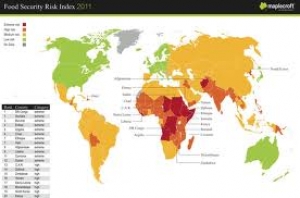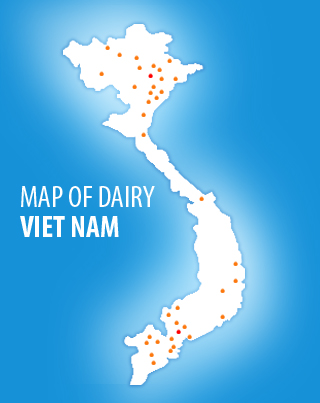Other Activities

The report, FOODmap: An analysis of the Australian food supply chain, has been launched today by the Minister for Agriculture, Fisheries and Forestry, Senator Joe Ludwig.
Minister Ludwig said FOODmap provides a picture of Australia’s food industry from paddock to plate and examines the way our food supply chain is evolving, including the way consumer demands have changed since the global economic situation of 2008.
“It’s clear that flexible and quick adaptation to changing markets is needed if Australian food producers are to remain competitive and at the cutting edge,” Minister Ludwig said.
“The Australian Government is committed to assisting the food industry plan for this success and that is why we are developing Australia’s first National Food Plan.”
Minister Ludwig said he was pleased to be launching FOODmap while visiting food producers who could benefit from its use.
FOODmap shows that changing demographics, consumer aspirations, market preferences and new and emerging technologies mean supply chains are highly dynamic. It also highlights that while supermarkets continued to dominate the retailing of food, other food outlets were becoming increasingly important.
In 2010-11 total turnover from retail food and liquor sales was $130 billion. Supermarkets accounted for 63 per cent of household food expenditure, with 12 per cent spent at specialty and convenience stores, and 25 per cent on eating out.
Over the past 20 years, spending on food in Australia has increased by 13 per cent, while incomes have risen 36 per cent. Although food has become relatively more affordable, economic pressures have still impacted on the eating habits and expenditure patterns of households.
“We need to remember that Australian families enjoy a world-class food supply and that our country is food secure. Our food producers play an important role in feeding the nation and the world,” Minister Ludwig said.
“Of the fresh food consumed by Australians, well over 90 per cent is grown and supplied by our own farmers. As well as producing high quality, safe food for ourselves, Australia also feeds another 40 million people around the globe.”
The report has also identified risks for the food sector, including the affects of the high Australian dollar on exports, industry consolidation and energy costs.
“While the strong Australian dollar has impacted on the competitiveness of food produced in Australia, changing demographics and consumer aspirations, and technological advances are factors that will drive future growth,” Minister Ludwig said.
FOODmap is available here.























